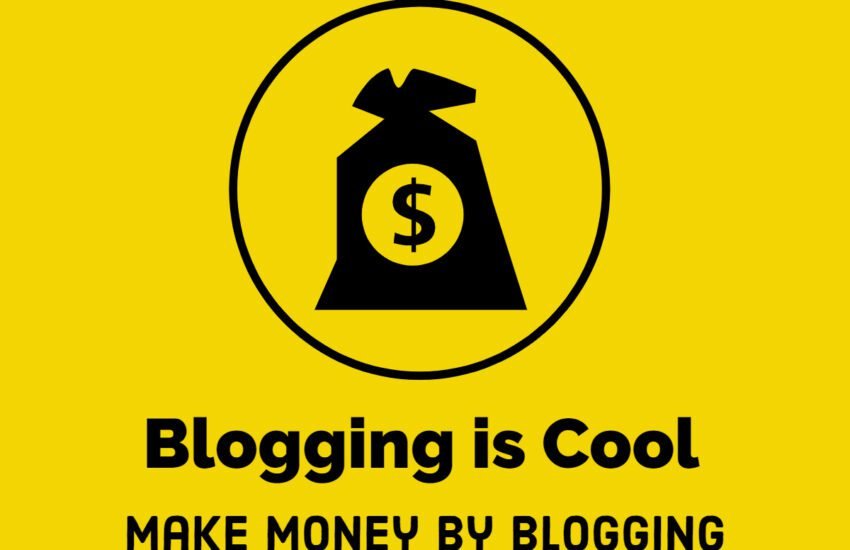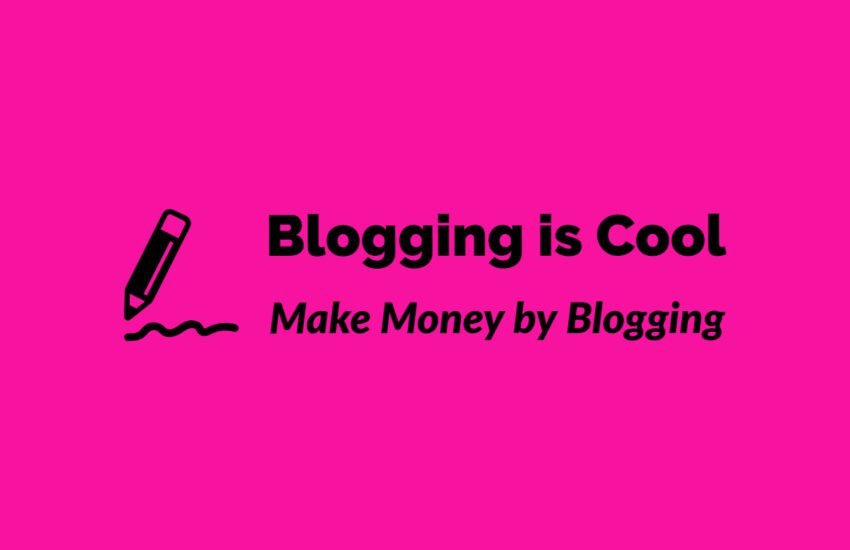Creating Engaging Exit-Intent Popups for Blog Subscribers
Growing Subscriber List
As a blogger, one of your main goals is to grow your subscriber list.
Building a strong subscriber base not only helps you increase your blog’s reach but also allows you to establish a loyal readership.
However, getting visitors to subscribe to your blog can be challenging. Many visitors leave your site without taking any action. This is where exit-intent popups can make a difference.
What are exit-intent popups?
Exit-intent popups are a type of popup that appears when a visitor is about to leave your website.
These popups are triggered by the user’s mouse movement, typically when they move their cursor towards the browser’s close button or back button.
Exit-intent popups are designed to grab the attention of visitors who are on the verge of leaving and encourage them to take a specific action, such as subscribing to your blog.
Why are exit-intent popups effective?
Exit-intent popups are effective because they provide a last-ditch effort to engage with visitors who are about to leave your site.
By offering a compelling offer or valuable content, you can capture their attention and persuade them to stay or take the desired action.
These popups serve as a final opportunity to convert a visitor into a subscriber.
Tips for creating engaging exit-intent popups:
1. Offer valuable content
One of the best ways to entice visitors to subscribe to your blog is by offering valuable content.
Consider creating a lead magnet, such as an e-book, checklist, or exclusive content, that visitors can access in exchange for their email address.
Make sure the content is relevant to your blog’s niche and provides real value to your potential subscribers.
2. Keep it visually appealing
A visually appealing popup is more likely to catch the attention of your visitors.
Use eye-catching colors, fonts, and images that align with your blog’s branding.
However, be cautious not to make the popup too distracting or overwhelming. Strike a balance between being visually appealing and unobtrusive.
3. Craft a compelling headline
The headline of your exit-intent popup should be attention-grabbing and clearly communicate the value your visitors will receive by subscribing.
Use action-oriented language and focus on the benefits they will gain.
For example, instead of using a generic headline like “Subscribe to our blog,” try something more compelling like “Get exclusive tips and tricks delivered straight to your inbox.”
4. Use persuasive copy
In addition to a compelling headline, the copy of your exit-intent popup should be persuasive and concise.
Clearly explain the benefits of subscribing and address any potential objections or concerns.
Use persuasive language and create a sense of urgency to encourage immediate action.
5. Provide a clear call-to-action
Your exit-intent popup should have a clear and concise call-to-action (CTA).
Use action verbs and make it easy for visitors to take the desired action.
For example, instead of using a generic CTA like “Submit,” try something more specific like “Get Access Now” or “Subscribe and Start Learning.”
6. Test and optimize
Creating engaging exit-intent popups is an ongoing process.
Continuously test different variations of your popups to see what works best for your audience.
Experiment with different headlines, visuals, copy, and CTAs. Use A/B testing to compare the performance of different variations and make data-driven decisions to optimize your popups.
Conclusion
Exit-intent popups can be a powerful tool for increasing your blog’s subscriber count.
By offering valuable content, creating visually appealing popups, crafting compelling headlines and copy, providing clear CTAs, and continuously testing and optimizing, you can create engaging exit-intent popups that effectively convert visitors into subscribers.
Remember to strike a balance between engaging your visitors and respecting their user experience.
With the right approach, exit-intent popups can help you grow your blog’s subscriber base and build a loyal readership.


